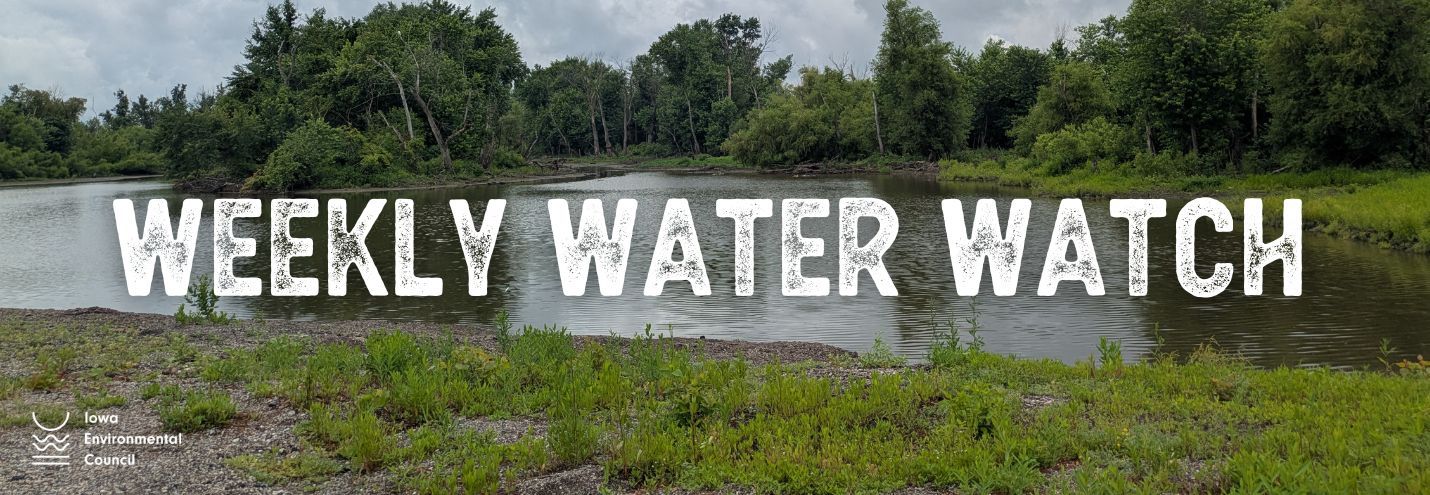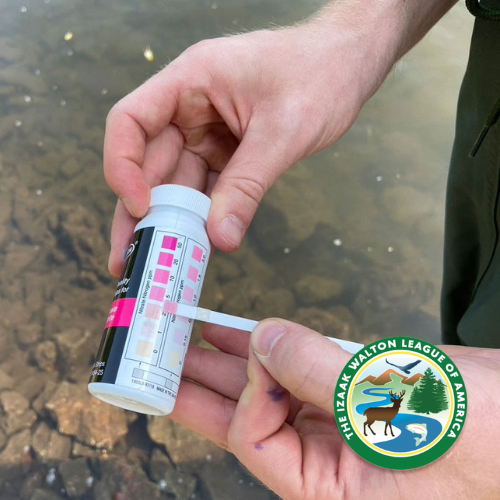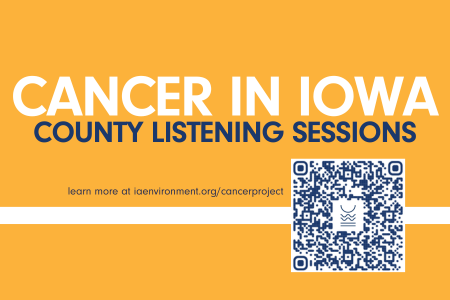|  | | 9 Beaches with an E. coli Advisory:
Backbone Beach (Dundee, Delaware County, IA)*
Beed’s Lake Beach (Hampton, Franklin County, IA)*
Black Hawk Beach (Lake View, Sac County, IA)*
Bobwhite State Park (Allerton, Wayne County, IA)*
Emerson Bay Beach (West Okoboji Lake, Milford, Dickinson County, IA)*
Lewis and Clark Beach (Blue Lake, Onawa, Monona County, IA)*
Lower Pine Lake Beach (Eldora, Hardin County, IA)*
Nine Eagles Beach (Davis City, Decatur County, IA)*
North Twin Lake West Beach (Rockwell City, Calhoun County, IA)* 0 Beaches with a Microcystin Advisory 8 City and County Beaches exceed the state’s advisory threshold for E. coli.*
(City and County beaches do not report levels of algal toxins)
View the map on our website to see where. Note: Monitoring has been suspended at Lake Keomah due to renovation activities. *Data from the Iowa DNR State Park Beach Monitoring Program
**Data from the U.S. Army Corps of Engineers, Rock Island District |
|
|
| IEC Explainer: Nitrates and Human Health |
|
|
| What is Nitrate and Where Does it Come From? Nitrates are naturally occurring chemicals found in soil, water, and air. They contain nitrogen and oxygen, which are required by plants and animals for growth and development. Nitrates are negatively charged particles (ions), so they bond to other substances in the environment and dissolve easily in water. Nitrates are also found in fertilizers, livestock waste, and septic systems. Unfortunately, nitrate compounds are overabundant in Iowa’s environment due to the extensive use of fertilizer and spreading of animal manure. Iowans are directly exposed to nitrate pollution in drinking water supplies when nitrate dissolves in water in high concentrations and runs off the land into Iowa’s streams and seeps into the groundwater. The source of nitrate exposure is important when considering human health, whether the nitrate originates from food, polluted drinking water, chemical products, or trace amounts in dust particles, because ingesting too many nitrates can be harmful for human health. Federal Nitrate Standards and Human Health Elevated nitrate levels in Iowa’s water have been a source of concern for decades, particularly for the health of the most vulnerable Iowans. The federal nitrate drinking water standard of 10 milligrams per liter (mg/L) was established in 1962 to prevent methemoglobinemia, or blue baby syndrome, a life-threatening condition that decreases the blood’s ability to carry vital oxygen through the body. The Safe Drinking Water Act, enforced by the U.S. Environmental Protection Agency, keeps water utilities accountable to this standard. While blue baby syndrome is now rare, an increasing number of scientific studies are making connections between long-term, low-level nitrate concentrations in drinking water and other health issues, including birth defects, cancers, and thyroid disease. When nitrate is ingested, it is reduced within the body to nitrite, which is considered unsafe at much lower levels than nitrate. Nitrite is further reduced in the body to N-nitroso compounds, which are widely considered to cause cancer and contribute to a variety of health problems. |
| |
|
|  | Member Spotlight: If you're interested in testing nitrates in your local waterways and home tap, check out the Izaak Walton League’s Nitrate Watch program and request a FREE nitrate testing kit. You can submit your data to the Clean Water Hub and check out nitrate levels throughout the state. |
|
|
| | | Celebrating Juneteenth This past week people across the country celebrated Juneteenth, a federal holiday celebrating the liberation of enslaved people in 1865. In 1990, Gary Lawson founded Iowa Juneteeth Observance and offered a time to commemorate the important day in American history. In 2002, former Govenor Tom Vilsack established Juneteeth as an official day of recognition on the third Saturday in June. Learn more about the past, present, and future of Juneteeth in the African American Museum of Iowa website. |
| | |
|
| |  | Cancer in Iowa Listening Sessions
Iowa has the second-highest cancer rates in the nation, and it is among only two states where cancer rates are increasing. We want to hear from you: Iowans who wish to learn more about cancer in our state, and Iowans who have been impacted by cancer. Register for a listening session near you. |
|
|
 | Protecting Wetlands Webinar
On June 30, IEC's General Counsel Michael Schmidt and Hardin County farmer John Gilbert will present on the impact of wetlands and the Swampbuster case. This free webinar will include background on IEC's intervention into the federal case, the many benefits of wetlands, what the decision means for farmers. |
|
|
| Hear from IEC's Water Program Director
Hello, Weekly Water Watch readers! Summer is officially here! IEC staff members are always looking forward to the summer months for the many recreational activities that become available. Swimming (in DNR-approved beaches), fishing, and boating are fun ways for Iowans to engage with their local water bodies. I enjoy kayaking on Iowa’s many rivers and lakes every summer - spotting wildlife and participating in clean-ups to improve the health of our waterways. Have a wonderful weekend!
- Colleen Fowle |
|
|
| | | | Iowa Environmental Council
505 Fifth Ave., Suite 850
Des Moines, Iowa 50309-2317
515-244-1194 | iecmail@iaenvironment.org |
|
|
|
|
|